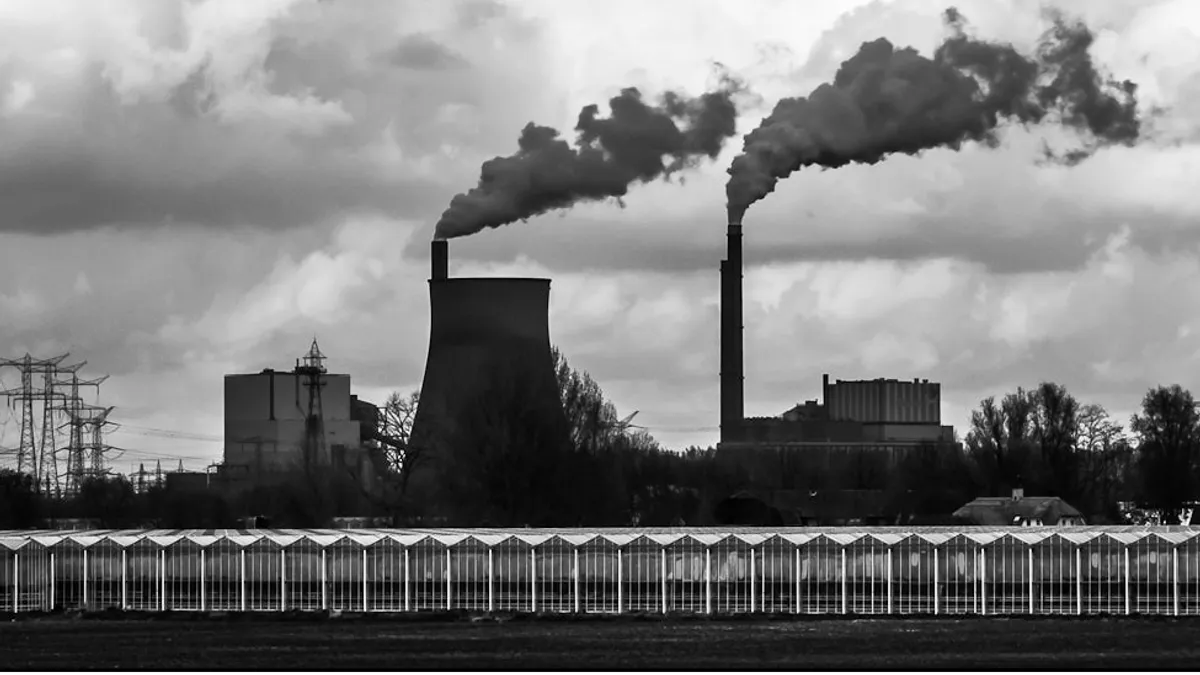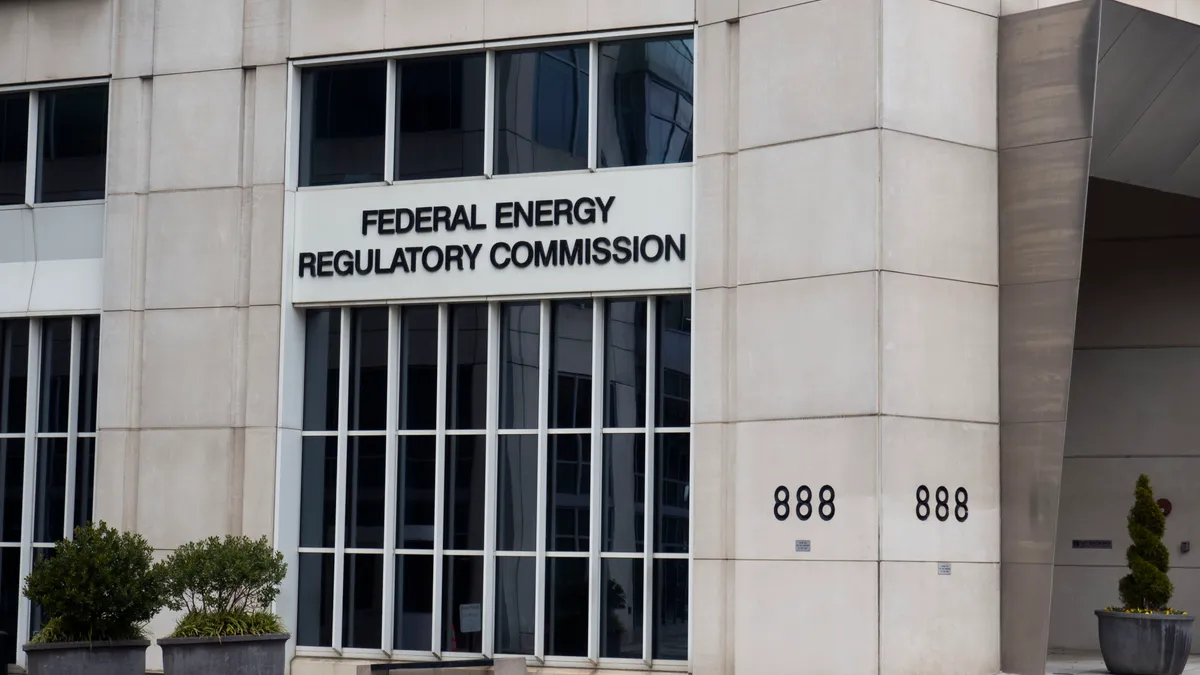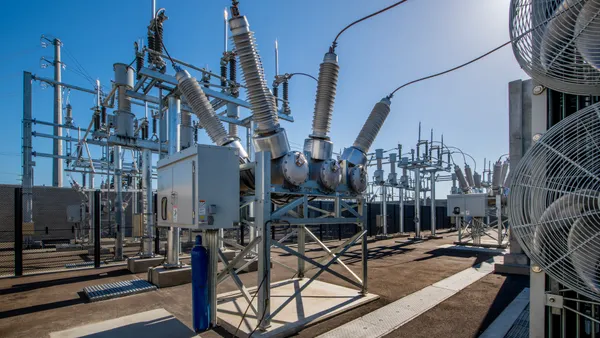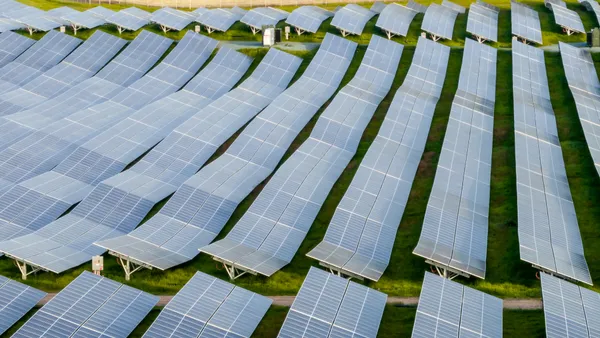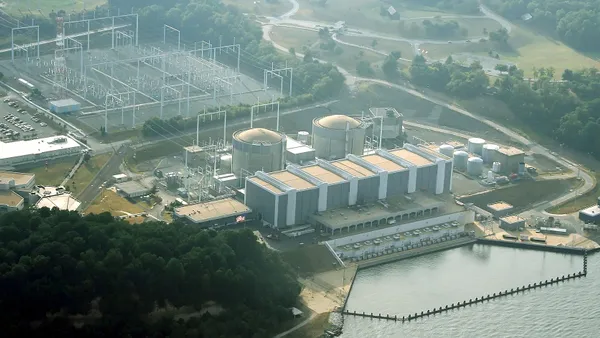Dive Brief:
- A top economist at grid operator PJM Interconnection, which manages the electricity market for 13 states and the District of Columbia, said that the EPA's flexible approach to individual state carbon reduction plans could cause confusion across the grid.
- Paul Sotkiewicz told a NARUC panel that if all 14 regions come up with different plans that aren't designed to work together, it could affect the grid's reliability over time.
- Derek Murrow of the Natural Resources Defense Council and David Farnsworth at the Regulatory Assistance Project disagreed, saying that while there was the opportunity for confusion, states would be better off working together.
Dive Insight:
The EPA.'s recent carbon reduction proposal laid out four "Building Blocks" for states, providing various strategy options to help achieve the target reduction.
"They've got a significant amount of flexibility, and I think that's, in this case, a really good thing," Farnsworth said. Panel moderator Susan Tierney of consulting firm Analysis Group agreed with Farnsworth, adding that there "are tools to help the industry address reducing carbon emissions while also keeping the lights on."
The Analysis Group released a report stating that those states which have already begun reducing their carbon emissions are continuing to perform well financially. "The bottom line," said Tierney, is that "the economy can handle - and actually benefit from - these rules."
However, the report cautions that while the EPA does not have a plain that states which share regional grids or other concerns should develop collaborative carbon reduction plans, it does give a strong case for doing so.
"How compliance plans are designed by the states will strongly affect the magnitude and distribution of costs and benefits among consumers, power plant owners, and the general economy," stated the report.


